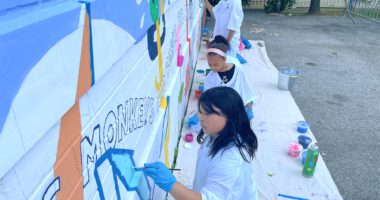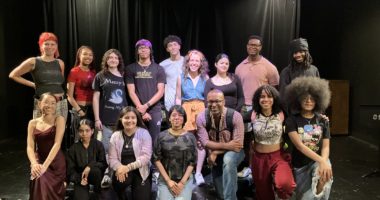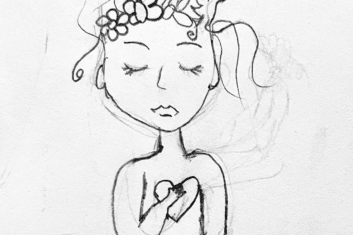Since opening night, the facilitators of the Teaching Artist Project (TAP) have cultivated the experience of community. Community is a term used often, but little defined. I wonder if the lack of definition poses as a challenge in how schools and community centers cultivate community.
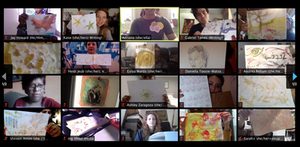

I keep ruminating on the community that is building in a virtual space through my cohort and my care team (in TAP, we’re divided into smaller groups called “care teams” to help support us along the way). I keep mediating on the values we made in our mini ecosystems or care teams and as a collective cohort. I keep thinking of social infrastructure in relation to community. For Klinenberg (2018), social infrastructure is, “the physical places and organizations that shape the way people interact” (p. 4). Meaning, people form authentic bonds in places because of continuous interest and enjoyment in the interaction. Consequently, through this recurrent participation, relationships inexorably grow in relation to the experience. What happens when community isn’t defined by physical space and as the same time-zone, but rather, a virtual space?
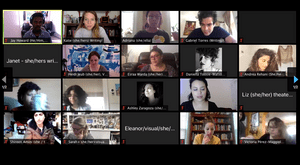

Our TAP cohort community is not defined by geography, but rather by mutual passion for art and teaching. In our case, community has formed in a virtual Zoom space instead of a physical space like a center, library, or playground. Our social infrastructure has formed through the discussions led by facilitators and interactions with others in the cohort. Authentic community has been built because of effort and continuous interaction among one another. Sometimes, I think community just means being human. Our facilitators are mindful of our needs and in turn, this mindfulness has formed into trust.
Often, I think education is a form of communication. Assessing needs in our virtual reality creates an opportunity to not only rethink teaching, but to rethink community too. Through the TAP workshops, I have journaled on the following questions in relation to my experience as a trainee and as a teaching artist:
-
What are some of the things I don’t think about when I think of community? (e.g., before and after classroom chatting)
-
What assumptions do I have when I think of community?
-
How can I get my students to trust me all over again in a virtual setting?
-
How do virtual platforms relate to pedagogy?
-
How is community built organically?
I have learned that community doesn’t happen simply because we want it to happen. Community grows organically. Since we are the first virtual cohort, we have had to define community to our context. I feel this, too, has made us closer; we have continuous re-interactions in our workshops and electives and salons. We have opportunities to become familiar with one another. We have a chance to be mindful of one another’s voice in relation to the world. In a world full of uncertainty, we are certain that we are sharing this space and time, together. Even though communities vary in nature, universally, we all share a value for the arts in education.
References:
Klinenberg, E. 2018. Palaces for the People: How Social Infrastructure Can Help Fight Inequality, Polarization, and the Decline of Civic Life.

